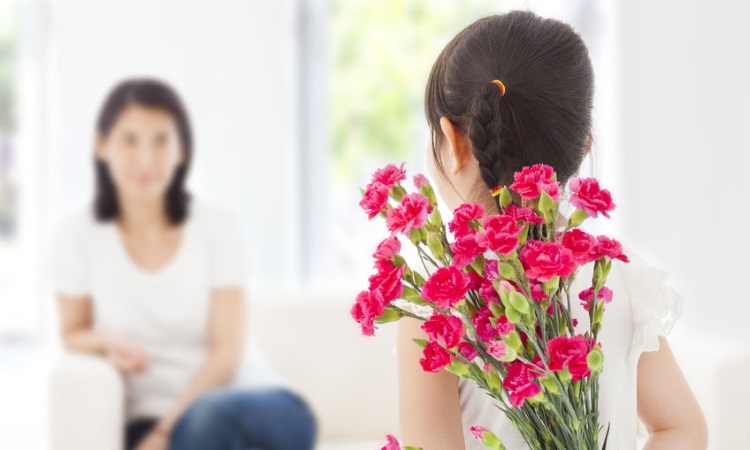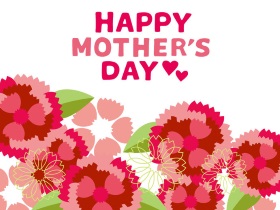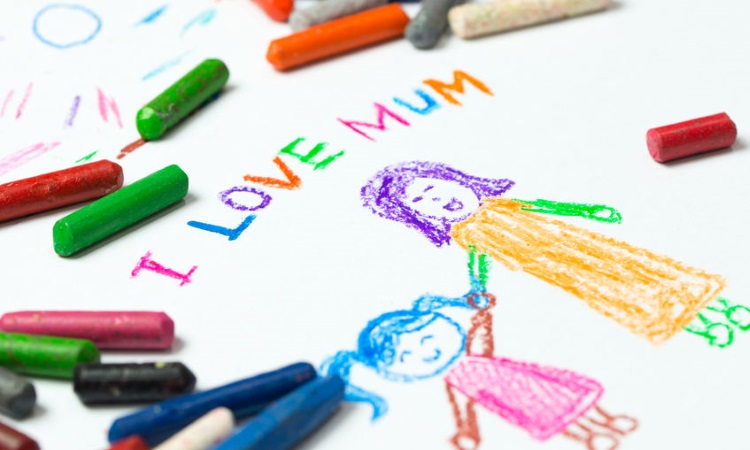On Mother's Day, we can see people giving carnations to their mothers. Why carnations? This has to do with the history of Mother's Day.
In the United States around 150 years ago, Ann Jarvis started a movement to raise the awareness of the poor health conditions in her community. She began ‘Mothers’ Day Work Clubs’ in different towns.
Ann died in 1905 and her daughter, named Anna, started a campaign to commemorate her mother's life work. She lobbied businessmen and politicians to create a special day to honour mothers. In 1908, she gave out white carnations, her mother's favourite flower, at a church service. Finally in 1914, President Woodrow Wilson officially announced the second Sunday in May as Mother's Day as a public expression of love and reverence to mothers.
The tradition has continued and nowadays, many countries celebrate Mother's Day and honour mothers and motherhood. Not all of them celebrate it on the same day, however. For example, the United Kingdom celebrates ‘Mothering Sunday’ some time before Easter (to be exact, the fourth Sunday of Lent). Mother's Day is on the first Sunday of May in Spain, Hungary and Portugal. In France and Sweden, it is on the last Sunday of May. In Argentina, Mother's Day is celebrated on the third Sunday of October!
In Hong Kong, we celebrate Mother’s Day on the second Sunday of May, which is the same as the USA. On this day, some people give carnations to their mothers. They also give their cards and chocolates. Many families go to restaurants and treat their mums dinner on this day.
What are you going to do on Mother's Day for your mother?